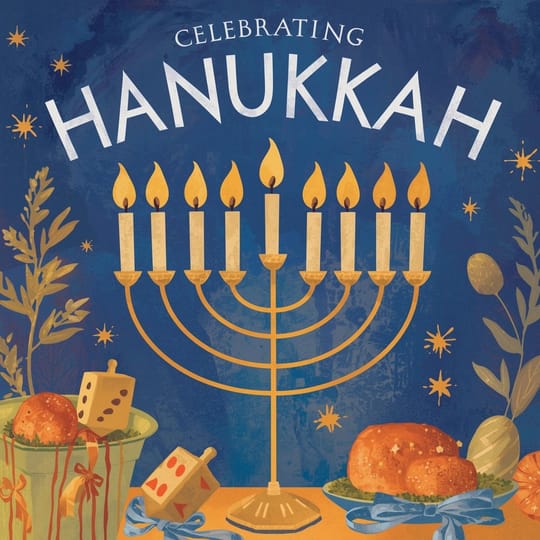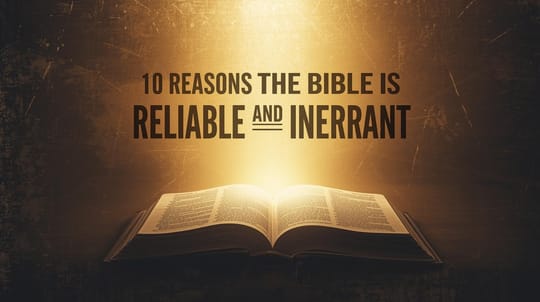Question: Does the Bread and Juice Become the Body and Blood of Jesus in Communion?
Answer: Short answer, no. Jesus is using figurative language. Let’s talk about it.
Communion, also known as the Lord’s Supper or Eucharist, is one of the most sacred acts of worship in the Christian faith. But a question that has divided Christians for centuries is this:
Does the bread and juice (or wine) actually become the body and blood of Jesus? Let’s explore where this question comes from, what different traditions believe, and what the Bible teaches.
Where Does This Question Come From?
The root of this question goes back to Jesus’ words at the Last Supper:
“This is my body, which is for you; do this in remembrance of me… This cup is the new covenant in my blood.”
– 1 Corinthians 11:24–25; also Matthew 26:26-28
Jesus uses powerful, symbolic language. But over the centuries, different Christian traditions have interpreted this moment differently:
1. The Roman Catholic View: Transubstantiation
The Catholic Church teaches that during the Mass, the bread and wine literally become the body and blood of Jesus, even though their appearance (or “accidents”) stays the same. This view is called transubstantiation and was officially defined at the Fourth Lateran Council in 1215 and reaffirmed at the Council of Trent in the 1500s.
2. The Lutheran View: Consubstantiation
Martin Luther rejected transubstantiation but still taught that Jesus is truly present “in, with, and under” the bread and wine. This view, often called consubstantiation (though Lutherans don’t usually use that term themselves), maintains that the bread remains bread, but Christ is spiritually and mysteriously present in the elements.
3. The Reformed and Evangelical View: Symbolic and Spiritual
Most Protestant and evangelical traditions believe that the bread and juice remain physical elements, and Jesus’ words were figurative, not literal. Communion is a symbolic memorial that points to the real body and blood of Jesus offered on the cross. Christ is spiritually present with His people during communion, but not physically or materially present in the elements.
What Does the Bible Actually Say?
The Bible consistently supports the symbolic and spiritual view rather than a literal transformation:
1. Jesus Used Metaphorical Language Often
Jesus regularly used figurative language:
- “I am the door” (John 10:9)
- “I am the vine” (John 15:5)
- “Whoever drinks the water I give him will never thirst” (John 4:14)
No one thinks Jesus is a literal door or vine. His statements in the Upper Room fit this same pattern of symbolic, powerful language.
2. Jesus Was Physically Present
When Jesus said, “This is my body,” He was physically holding the bread and still present with the disciples. He had not yet been crucified. This makes it clear the bread was not literally His body at that moment.
3. Paul Says “Do This in Remembrance”
Paul, writing to the Corinthians, echoes Jesus by saying the meal is meant to be done “in remembrance” of Him (1 Cor. 11:24). This signals that communion is a memorial, not a repeated sacrifice or transformation.
Why This Matters
This isn’t just a theological footnote—it shapes how we worship.
- If the bread and juice become Jesus, then each communion is a kind of sacrifice or re-offering of Christ.
- If they are symbols, then we come to the table with joy, gratitude, and reverence—not because Jesus is being sacrificed again, but because we remember once and for all what He did on the cross (Hebrews 10:10-14).
So, Does the Bread and Juice Become the Body and Blood?
No.
According to Scripture and the majority of Protestant theology, the bread and juice do not physically or mystically transform into Jesus’ body and blood.
Instead, they are powerful symbols pointing us to the cross, reminding us of His sacrifice, and inviting us into ongoing communion with Him.
When we take communion, we aren’t eating Jesus—we are remembering Jesus, proclaiming His death, and anticipating His return (1 Cor. 11:26).
How to Worship Through Communion
- Remember His Sacrifice – Reflect on what Jesus did on the cross.
- Examine Your Heart – Confess sin and receive grace with reverence (1 Cor. 11:27-28).
- Celebrate the Gospel – Rejoice that we are forgiven, loved, and invited into His family.
Further Study:
- Luke 22:14–20 – The Last Supper
- 1 Corinthians 11:17–34 – Paul’s teaching on communion
- Hebrews 10:10–14 – Christ’s once-for-all sacrifice
- John 6:53–63 – Spiritual meaning of eating His flesh
- Systematic Theology by Wayne Grudem – Chapter on the Lord’s Supper
- Knowing God by J.I. Packer – Reflections on remembering and worship









